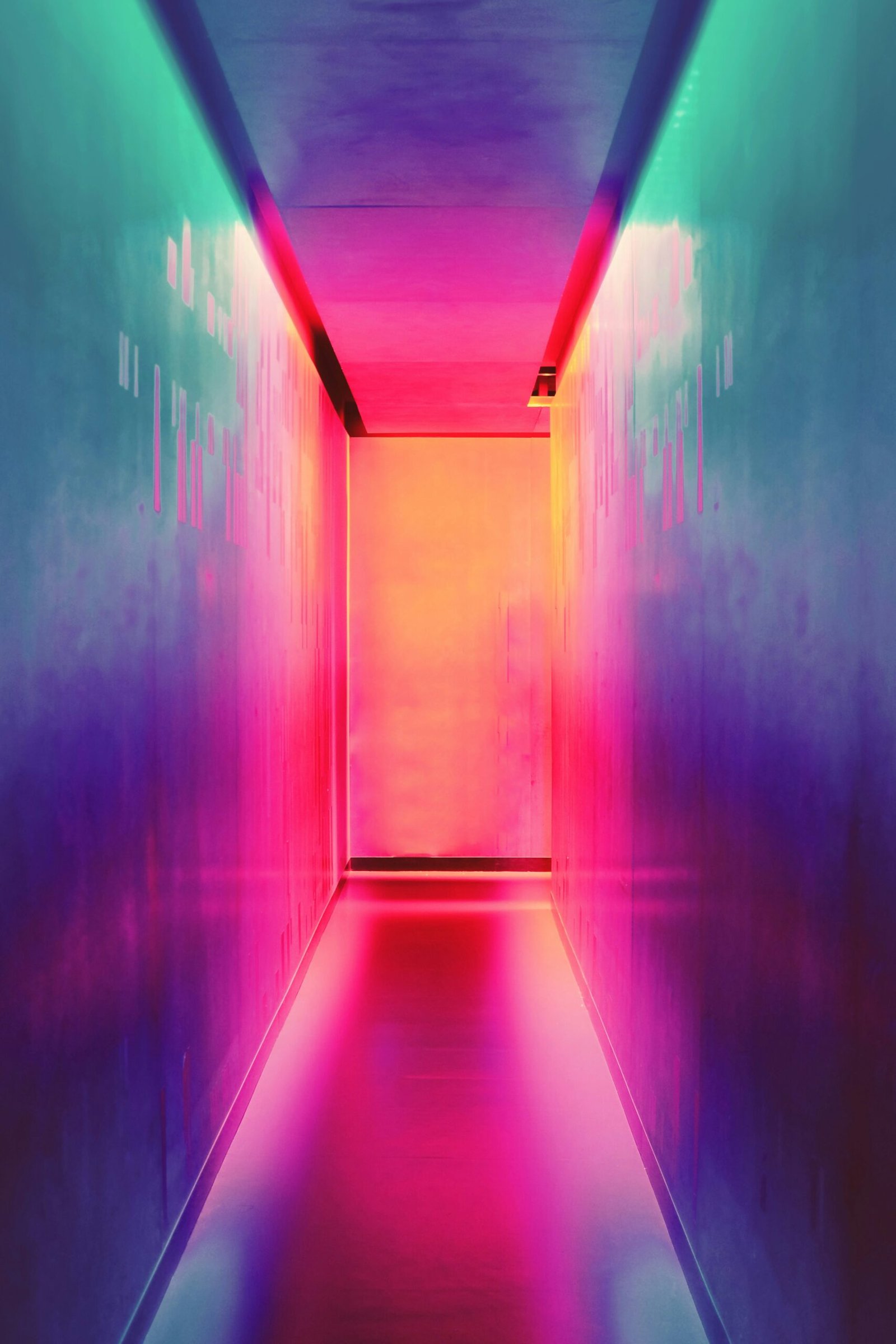Understanding Your Personal Style
Personal style is more than just the clothes you wear; it is a reflection of your unique preferences, personality traits, and lifestyle. The first step towards mastering the art of mix and match in dressing is understanding your personal style. This involves recognizing what styles, colors, and fashion inspirations resonate with you the most.
Identifying your personal style begins with a close examination of your wardrobe. Conducting a thorough closet assessment can help you pinpoint your current style inclinations. Look for patterns in the clothes you own – are there specific colors, patterns, or types of clothing you are consistently drawn to? This can provide valuable insights into your preferences.
A key component of personal style is understanding your body shape. Different body shapes can affect how certain garments fit and look on you. Knowing whether you are an hourglass, pear, apple, rectangle, or inverted triangle shape can guide you in selecting clothing that not only flatters but also highlights your best features.
Additionally, your color preferences play an indispensable role in shaping your wardrobe. Colors have the power to influence mood and perception; hence, selecting a color palette that complements your skin tone and personal tastes is paramount. Experiment with various shades to discern which ones make you feel confident and comfortable.
Fashion inspirations – whether they come from style icons, cultural influences, or particular aesthetics – are another crucial factor in understanding personal style. By drawing inspiration from various sources, you can infuse diverse elements into your wardrobe, creating a distinctive mix and match ensemble.
Ultimately, personal style is a form of self-expression. It allows you to communicate who you are without saying a word. Embracing your individuality through clothing choices not only boosts confidence but also ensures that your wardrobe is a true representation of your personality and lifestyle needs.
Building a Versatile Wardrobe
A versatile wardrobe serves as the cornerstone of mix-and-match prowess. It is imperative to understand that building such a wardrobe is not about amassing a large quantity of clothing, but rather focusing on the quality and functionality of each piece. Essential elements of a versatile wardrobe typically include timeless basics such as white shirts, denim jeans, and black dresses. These foundational pieces are renowned for their adaptability and ability to seamlessly integrate into various ensembles, ensuring that you always have something appropriate to wear regardless of the occasion.
Multi-functional pieces also play a crucial role in a versatile wardrobe. They are designed to be worn in multiple settings and styled in various ways, thus maximizing their utility. For instance, a classic blazer can be paired with jeans for a casual look or with trousers for a more formal occasion. Similarly, a well-fitted pair of black pants can transition from day to night with the change of a top and accessories.
Striking a balance between trendy items and timeless staples is essential for maintaining a versatile wardrobe. While it can be tempting to indulge in the latest fashion trends, it is important to prioritize pieces that have longevity. Trend items can be incorporated selectively as accents to enhance your overall style without overwhelming the foundational elements of your wardrobe.
When curating a versatile wardrobe, the emphasis should be on quality over quantity. Investing in high-quality, durable pieces ensures that your wardrobe remains functional and stylish over time. Smart shopping involves identifying investment pieces—those items that might be more expensive initially but offer long-term value due to their superior construction and timeless appeal.
One approach to achieving a versatile wardrobe is through the concept of a capsule collection. This involves curating a limited selection of clothing items that can be mixed and matched to create a wide array of outfits. By selecting pieces that suit different occasions and can be styled creatively, a capsule wardrobe simplifies the process of dressing while enhancing personal style.
Combining Patterns, Textures, and Colors
Creating an effortlessly stylish outfit often hinges on the artful combination of patterns, textures, and colors. Understanding the fundamentals of color theory is crucial in this endeavor. Color schemes, such as complementary and analogous arrangements, lay the foundation for experimenting with hues. Complementary colors, positioned opposite each other on the color wheel, like blue and orange, create a vibrant contrast. Conversely, analogous colors, located next to each other, such as blue and green, offer a more harmonious blend. Using these schemes can guide your initial choices and ensure a balanced look.
When mixing prints and patterns, it’s essential to find a balance between boldness and coherence. For instance, pairing stripes with florals can be a visually striking choice. The key is to maintain a unifying element, such as a shared color palette, to prevent the combination from becoming overwhelming. Similarly, playing with pattern scales adds another layer of sophistication. Combining large and small patterns can create dynamic yet cohesive outfits.
The inclusion of textures is another technique to enrich your wardrobe. Textured materials add depth and interest, making even monochromatic ensembles visually appealing. For example, consider pairing a smooth silk blouse with a nubby wool skirt. The juxtaposition creates a tactile richness that elevates the outfit. Moreover, textures can provide an additional way to navigate between seasons. Lighter fabrics in summer can be mixed with heavier knits in winter to maintain both style and comfort across the year.
In crafting cohesive and stylish outfits, the interplay of harmony and contrast cannot be overstated. While creating harmony usually focuses on maintaining a consistent theme, introducing contrast can make an outfit much more compelling. For instance, a soft pastel outfit can be energized with a bold, bright accessory. Similarly, an all-neutral wardrobe can benefit from a single, colorful statement piece. Visual aids, such as mood boards or pattern swatches, can be exceptionally helpful in this process. They allow you to see potential combinations and refine your choices before putting together a complete look.
Accessorizing to Elevate Your Look
In the journey of mastering the art of mix and match, accessories play a pivotal role in transforming outfits from ordinary to extraordinary. Accessories are not just embellishments; they are powerful tools that can accentuate your personal style, making each ensemble uniquely yours. The right accessories can add depth, texture, and character to a basic outfit, allowing for endless creativity and expression.
Jewelry, scarves, belts, handbags, and shoes are a few essential accessories that can elevate your look. Jewelry, whether it’s a minimalist pendant, a stack of bangles, or a pair of bold statement earrings, can make a significant impact. Scarves offer versatility – from adding a pop of color to serving as makeshift belts or headbands. A strategically placed belt can redefine your silhouette, cinching in at the waist to create shape and add interest.
Handbags and shoes are not just functional items but style statements. A chic handbag can pull together your look, while a pair of well-chosen shoes can either dress up or dress down an outfit. Don’t forget to consider the power of statement pieces versus subtle accents. Statement pieces are bold and draw attention, such as oversized earrings or a brightly colored handbag. On the other hand, subtle accents add a fine touch of elegance and can be layered for a sophisticated finish.
When selecting accessories, it is crucial to align them with your personal style. If your style is classic, opt for timeless pieces like pearl earrings and leather belts. For a more bohemian vibe, explore layered necklaces, fringe bags, and wide-brim hats. The key is to ensure that your accessories feel authentic to your style and comfortable to wear.
Layering accessories can also add dimension to your outfit. For instance, stacking rings or combining different lengths of necklaces can create a curated look. Seasonal variations also come into play – think cozy scarves and boots for winter, or straw hats and sandals for summer. Practical examples abound: a simple black dress can be transformed with a bold red belt and matching heels, or a plain white tee can become chic with layered gold necklaces and a patterned scarf.
In essence, accessories have the power to make or break an ensemble. They are an extension of your creativity and personality, offering endless possibilities to elevate your mix-and-match wardrobe. By thoughtfully incorporating accessories, you can craft looks that are not only stylish but distinctly your own.


